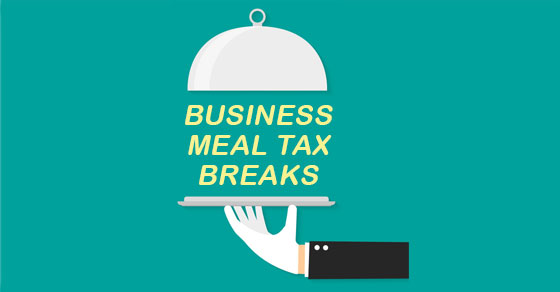The recent riots around the country have resulted in many storefronts, office buildings and business properties being destroyed. In the case of stores or other businesses with inventory, some of these businesses lost products after looters ransacked their property. Windows were smashed, property was vandalized, and some buildings were burned to the ground. This damage was especially devastating because businesses were reopening after the COVID-19 pandemic eased.
A commercial insurance property policy should generally cover some, or all, of the losses. (You may also have a business interruption policy that covers losses for the time you need to close or limit hours due to rioting and vandalism.) But a business may also be able to claim casualty property loss or theft deductions on its tax return. Here’s how a loss is figured for tax purposes:
Your adjusted basis in the property
MINUS
Any salvage value
MINUS
Any insurance or other reimbursement you receive (or expect to receive).
Losses that qualify
A casualty is the damage, destruction or loss of property resulting from an identifiable event that is sudden, unexpected or unusual. It includes natural disasters, such as hurricanes and earthquakes, and man-made events, such as vandalism and terrorist attacks. It does not include events that are gradual or progressive, such as a drought.
For insurance and tax purposes, it’s important to have proof of losses. You’ll need to provide information including a description, the cost or adjusted basis as well as the fair market value before and after the casualty. It’s a good time to gather documentation of any losses including receipts, photos, videos, sales records and police reports.
Finally, be aware that the tax code imposes limits on casualty loss deductions for personal property that are not imposed on business property. Contact us for more information about your situation.
© 2020




